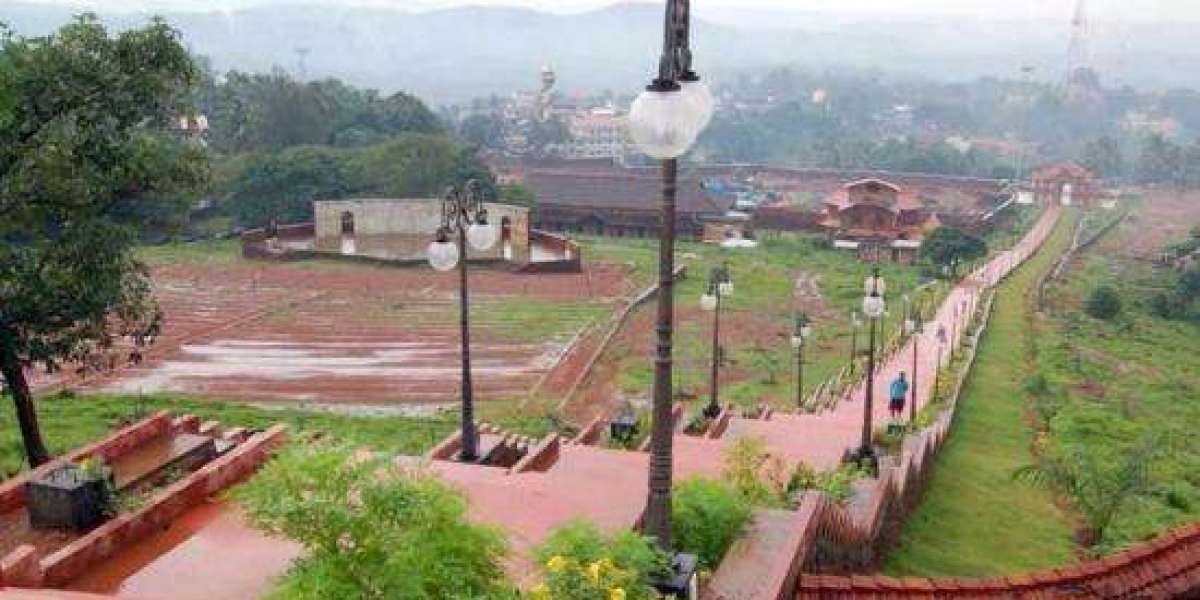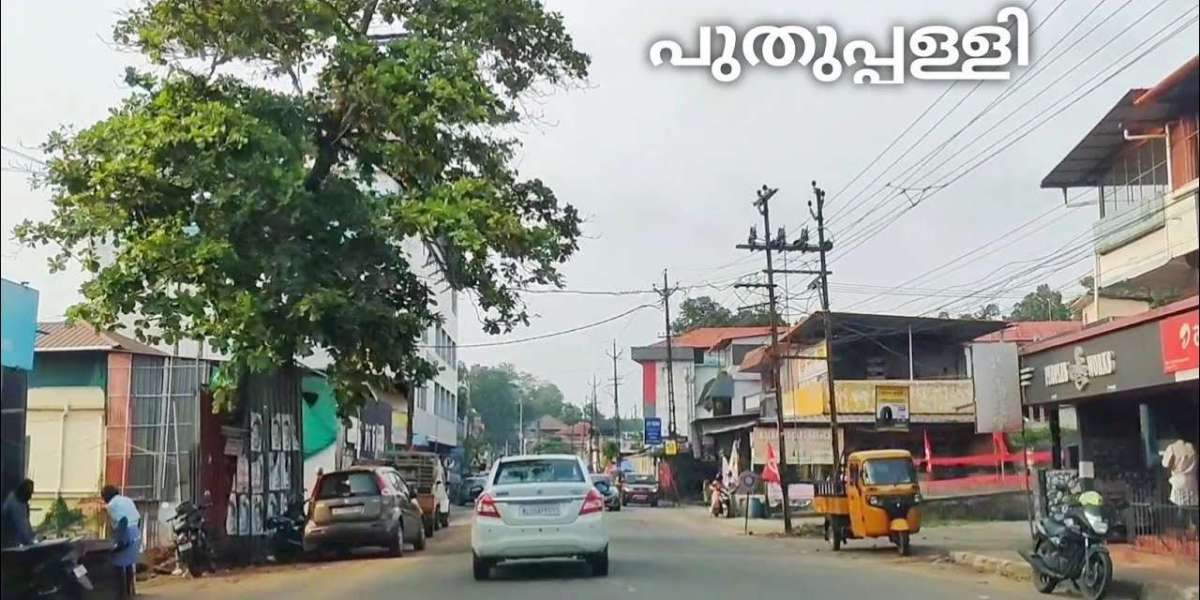Polling Stations & Voter Access
In the 2021 Assembly elections, the constituency used 187 polling stations, upgraded from 155 in 2016, to ensure coverage of both dense urban wards and peri-urban hamlets. Prominent booths include:
Aided Mappila LPS, Ozhukur (multiple blocks)
GMUPS Morayur (north and south wings)
Government Vocational HSS Arimbra and Mappila schools at Pulpatta and Palakkad areas.
With approximately 212,000 registered electors in 2021 and ~76.6% voter turnout, civic participation remains robust.
Demographics & Cultural Fabric
About 53% of the constituency's population is urban and 47% rural, with literacy rates over 93.5%. Scheduled Castes comprise around 6.1%, while tribal population is under 1%. Malappuram blends cosmopolitan civic life with deep-rooted cultural heritage and educational dominance.
Livelihood Landscape
Malappuram’s economy is diverse:
Remittances (NRIs): Gulf migration income remains a cornerstone for many urban and rural households in the constituency.
Trade & small enterprises: Malappuram town supports spice markets, timber and retail hubs, travel agencies, catering, hospitality, and service-based micro-businesses.
Public services & education: With the University of Calicut, district administrative offices, colleges, and government offices located here, public-sector jobs are a major employment source.
Agriculture: In panchayats like Pulapotta and Kodur, coconut, banana, rice, and spice farming are prevalent—though marginalized compared to urban township livelihoods.
There's no blue economy due to the inland geography.
Economic Strata
The majority of residents fall into the middle-income bracket, bolstered by remittances, trade, services, and small-scale agriculture. A minority of families—business owners, professionals, and public-sector staff—occupy the higher-income tier. A modest share—small farmers and landless laborers—live below the poverty line, primarily in rural wards, though high literacy and welfare programs improve quality of life.
Recent Development Highlights
Infrastructure upgrades include NH-66 embankment repairs near Kooriyadu, to be replaced with a viaduct, and NH-66 widening stretching through Malappuram, expected to complete by end-2025.
The Tirur–Nilambur metro rapid transit project is under examination to connect Malappuram urban agglomeration with Nilambur, pending feasibility studies.
Election infrastructure improvements saw polling stations increased to 187 to reduce voter congestion.
Local demands include better road connections to reduce transit bottlenecks—especially via Peripheral Greenfield Highway plans and railway electrification.
Malappuram Assembly Constituency exemplifies Kerala’s urban-rural synergy: an economy powered by remittances, thriving trade, education, and administrative services. With a planned metro, upgraded road networks, and civic infrastructure enhancements, the region continues to evolve on a path of inclusive urban growth rooted in historical identity and resilient human capital.







